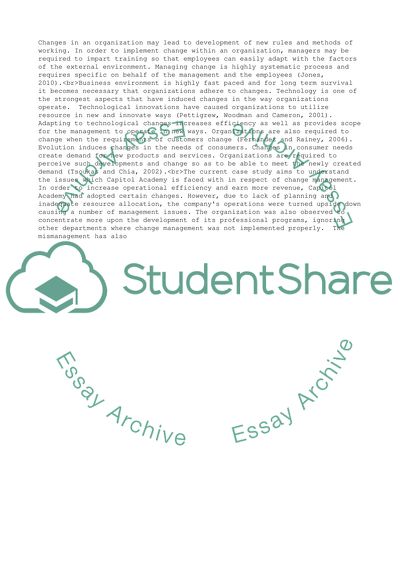Cite this document
(“Managing and Leading change Essay Example | Topics and Well Written Essays - 2000 words”, n.d.)
Retrieved from https://studentshare.org/business/1655401-managing-and-leading-change
Retrieved from https://studentshare.org/business/1655401-managing-and-leading-change
(Managing and Leading Change Essay Example | Topics and Well Written Essays - 2000 Words)
https://studentshare.org/business/1655401-managing-and-leading-change.
https://studentshare.org/business/1655401-managing-and-leading-change.
“Managing and Leading Change Essay Example | Topics and Well Written Essays - 2000 Words”, n.d. https://studentshare.org/business/1655401-managing-and-leading-change.


